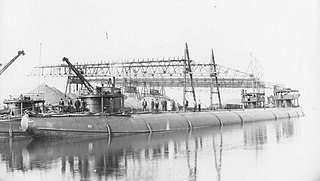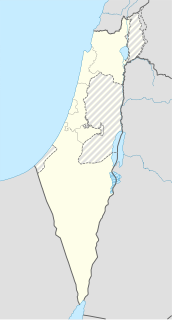 W
W115 was an American whaleback barge in service between 1891 and 1899. She was built between May and August 1891, in Superior, Wisconsin by Alexander McDougall's American Steel Barge Company, for the "McDougall fleet", based in Buffalo, New York. She was one of a class of distinctive, experimental ship designed and built by McDougall. The whalebacks were designed to be more stable in high seas. They had rounded decks, and lacked the normal straight sides seen on traditional lake freighters. 115 entered service on August 25, hauling iron ore from Superior.
 W
WBeinan Cultural Park is an archeological site in Taitung City, Taitung County, Taiwan. The park is the site for the largest and most complete prehistoric settlement ever discovered in Taiwan, with over 10,000 m2 and more than 1,600 burial sites.
 W
WBreadalbane was an 1843 British three-masted merchant barque that was crushed by ice and sank in the Arctic in 1853. Notable as one of the northernmost shipwrecks known, she is also considered one of the best-preserved wooden ships ever found in the sea due to slow deterioration in the cold Arctic water. Historically, Breadalbane is considered to be a time capsule.
 W
WThe Chuping Archaeological Site is an archaeological site in Ren'ai Township, Nantou County, Taiwan. It houses relics of the first prehistoric mountain settlements in Taiwan.
 W
WThe Mengshan Giant Buddha is a stone statue located in the city of Taiyuan, Shanxi and was built during the Northern Qi dynasty. Initially discovered in a 1980 census, the statue was found to have its head missing. From 2006 to 2008, people constructed a 12-meter tall head for the statue. The site opened to the public in October 2008.
 W
WNahal Issaron is a wadi and neolithic settlement in southern Negev, Israel. It is located at the eastern edge of Biqat Uvda, 35 kilometres (22 mi) north of the Gulf of Elat and 5 kilometres (3.1 mi) west of Arabah Rift valley. Excavations carried out by Avi Gopher and Nigel Goring-Morris in Nahal Issaron in 1980 uncovered remnants of an early pastoralist settlement belonging to the Pre-Pottery Neolithic B period.
 W
WThe Qin bronze chariot refers to a set of two Qin dynasty bronze model chariots that were unearthed in 1980 at the Mausoleum of the First Qin Emperor, Qin Shi Huang. When the models were found they were in many broken pieces, and it took five years to restore them both. Both models are about half life-size.